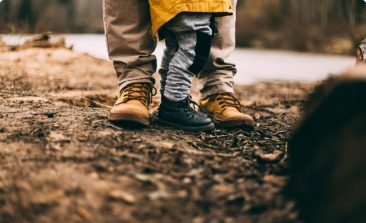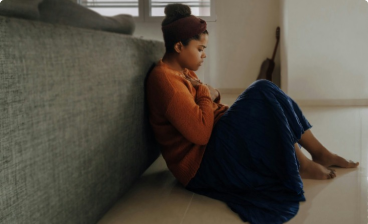Concerning Falls and Fall Prevention for Children
In Australia, falls are the leading cause of injury in all age groups. Babies and children are more likely to fall and bump their heads as they get older.
Because children grow and develop new skills so quickly, injuries to children frequently occur when you least expect them.
The best thing you can do to keep your child safe is to observe the new skills your child is learning, as well as the new places they can reach and access – and then adjust your environment to accommodate.
Preventing falls with furniture
Always keep a hand on your baby if he or she is on a surface such as a changing table or bed. You may not realise your baby can roll over until they fall off the bed or another piece of furniture. As a result, changing your baby on the floor is the safest option.
If you use a bouncer for your baby, keep it on the floor at all times. It should not be placed on a table or anywhere above the floor level. An active baby may cause a bouncer to fall off a tabletop.
Keep furniture away from other objects in the room as your child grows. This will prevent your child from climbing from one piece to another or from reaching high on shelving. Put the items your child wants to reach down low so they are less visible.
Windows and balconies: avoid falls
Many children are hospitalized each year after falling from windows and balconies. These falls often happen at home and can result in serious injury or death.
There are many things you can do at home to prevent falls from windows and balconies and around glass doors:
Lock windows or protect them with window bars to prevent your child from falling out. For a multi-story home, make sure you can lock windows that are no more than 4 inches apart. Fly screens are not strong enough to prevent your child from falling.
Move objects and furniture away from the windows as children like to climb up to see outside. You may need to rearrange things like beds, chairs, changing tables, and potted plants.
Make glass doors and floor-to-ceiling windows visible by placing stickers at the child’s eye level.
Keep access to balconies closed. Always supervise small children on balconies.
Install safety gates at balcony entrances and make sure there are no horizontal bars or steps for children to climb on.
Keep balcony furniture away from the railing to prevent children from climbing on and over the railing.
Make sure balcony railings are vertical and at least 1m high. The gaps between the railings should not be wider than 12.5 cm.
Steps and Stairs: Prevent falls
Once your baby can crawl, it will be challenging to keep them off steps and stairs.
Install safety gates at the top and bottom of the stairs and leave them in place until your child is very capable of walking up and down stairs independently. And always open the gate instead of stepping over it. Opening the gate sets a good example for children and reduces their own risk of stumbling.
Bathroom: Prevent falls
The bath is a very slippery place, and even adults can easily fall. Here are some ways to minimize the risks:
Always keep your child within reach.
Encourage your child to remain seated in the bath.
Use a non-slip bath mat if your bathroom does not have a non-slip surface.
Bedroom: Prevent falls
In the bedroom, remove toys from the bed to prevent your child from climbing and falling out of the bed.
Toys, bumpers, pillows, and doonas can also increase the risk of sudden unexpected death in infancy (SUDI) (including SIDS and fatal accidents during sleep). The safest option for babies of all ages is not to have toys in their cribs.
Fall prevention: Eliminate tripping hazards
Look for and eliminate tripping hazards on the floor. For example:
Collect carpets and electric cables.
Stow away toys at the end of the day so all family members can go to the bathroom at night without tripping over them.
Clean up spills immediately – they can make the floor slippery.
Use non-slip mats under your rugs and floor coverings or roll rugs away.
Things that affect fall injuries
There are three important things that can affect the severity of a fall:
The height from which children fall: the lower the height, the lower the risk. Children under the age of five should not have access to heights greater than 1.5m and older children should not have access to heights greater than 2m.
The surface children might fall on: Hard surfaces like concrete, ceramic tile, and even compacted sand are more dangerous than soft surfaces. A bed of tanbark or pine mulch under playground equipment makes for a softer landing. These beds must be at least 30 cm deep.
What children might hit if they fall: Place sharp-edged furniture, such as coffee tables and bedside tables, in areas where children are not likely to fall on them. You can also use edge protection on the edges.















































